From crater to clouds, the history of volcanoes
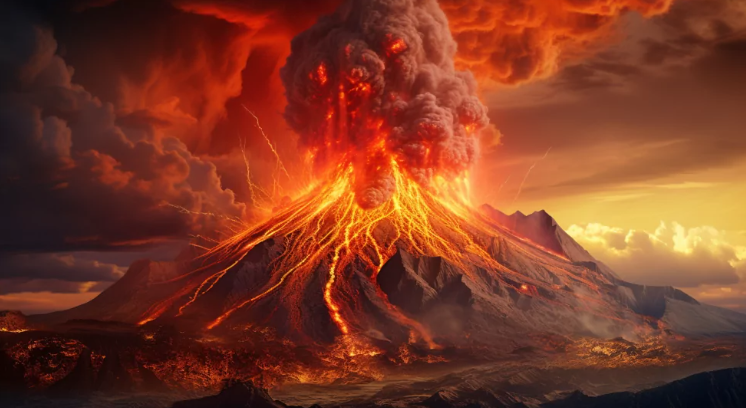
Hello, volcano enthusiasts and future Earth scientists! Picture this: you’re on vacation, relaxing on a beautiful island, drinking coconut water, and suddenly the ground shakes under your beach towel. They look up and there it is, a towering mountain that seems to be flying through the air! What is happening? It’s not a monster; it’s a volcano and it’s putting on a fireworks show in nature.
So what exactly is a volcano? Is it like a huge subway grill? Well, not quite, a volcano is like a pressure cooker for the Earth. Deep below the Earth’s surface, there is a molten rocky material called magma, when the pressure increases, BOOM! The volcano erupts, spewing molten rock, ash and gas. Volcanoes are like the pressure release valves of the planet, beneath the earth’s crust are these huge puzzle pieces called tectonic plates. They are constantly moving and colliding with each other, like impatient passengers on a crowded subway, and when they collide, they can create cracks in the Earth’s crust, allowing magma to escape.
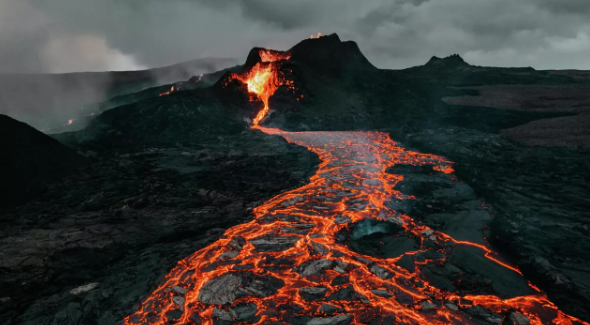
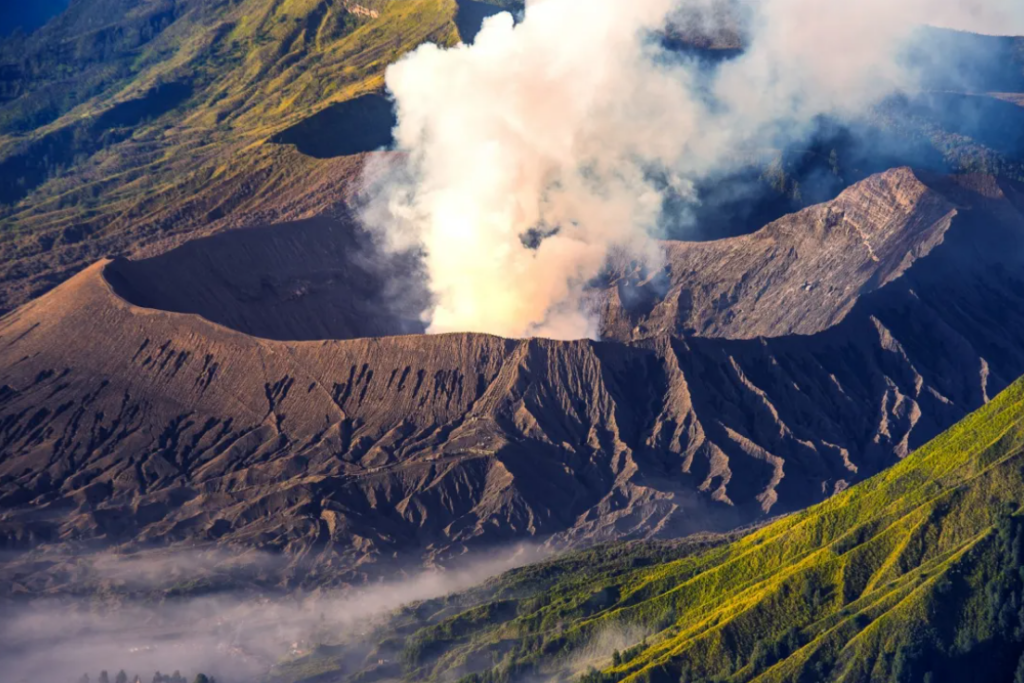
Think of it as a can of soda, shake it up and when you open it, it will bubble and fizz, right? Well, the earth’s crust is like the can and the magma is the carbonated soft drink. When the pressure increases, it is time for a volcanic eruption! Volcanoes come in all shapes and sizes, from elegant cone-shaped volcanoes, such as Mount Fuji in Japan, to huge shield volcanoes, such as Mauna Loa in Hawaii. It is like Mother Nature’s art gallery, showing her creativity in shaping these fiery giants. Did you know that the highest volcano in our solar system is not on Earth? It’s Olympus Mons on Mars, which towers over our largest volcano, Mauna Loa, by a whopping 13 miles! Imagine walking through that!
Volcanic eruptions are not all the same, some are peaceful, like a pot of stew boiling over, while others are explosive, like a bag of microwave popcorn gone wild. Scientists classify volcanic eruptions into four main types:
Hawaiian eruptions: these are the cold ones, where the lava oozes slowly, giving you time to make a sandwich.
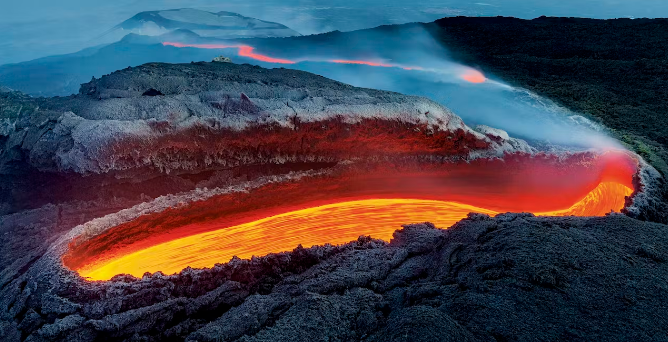
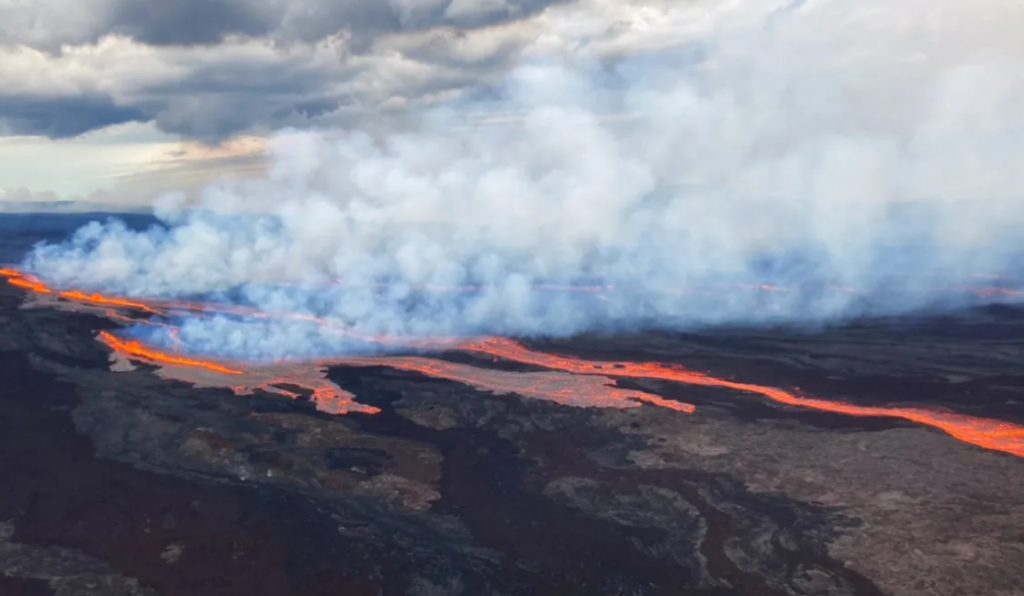
Strombolian eruptions: think of them as the volcano’s version of “fireworks night”. Small and frequent explosions, but nothing too far-fetched.
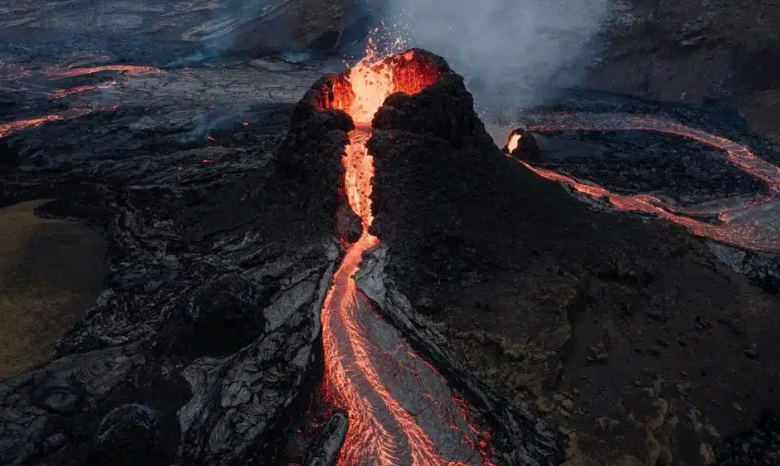
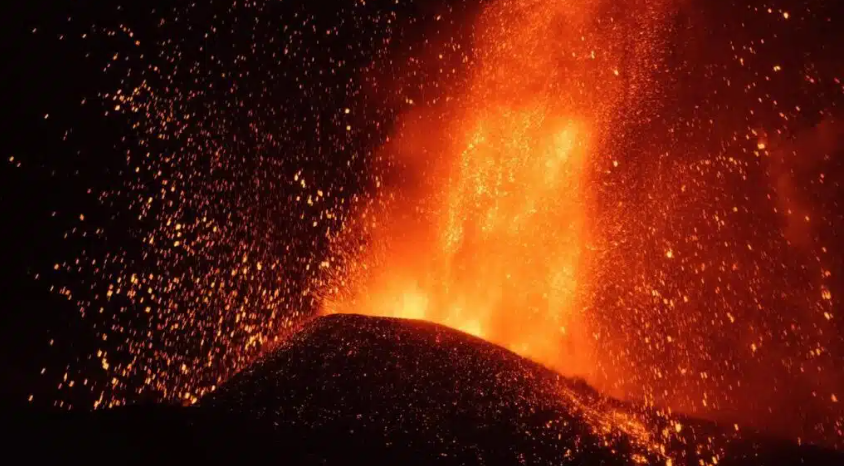
Vulcanian eruptions: These are the fiery tantrums. There are ashes, rocks and strong explosions of fire. Definitely a show!
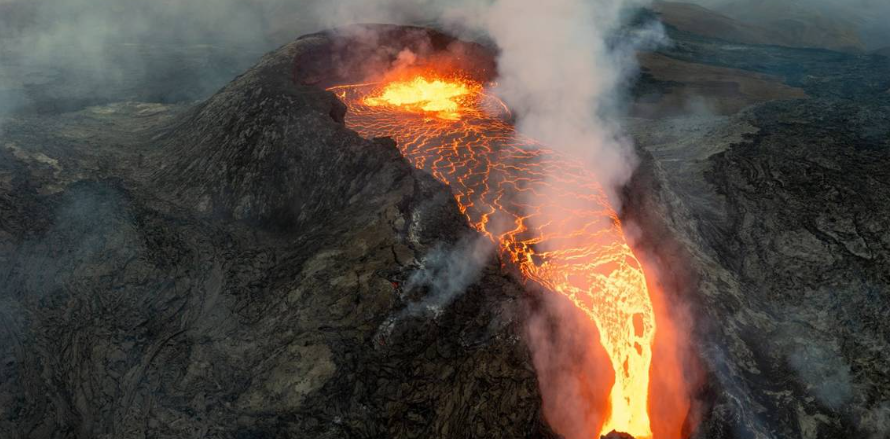
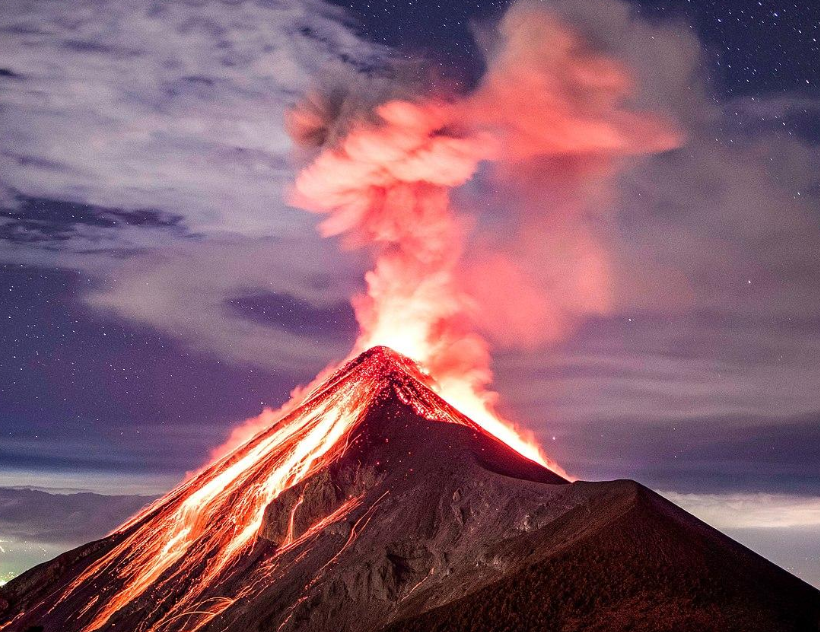
Plinian Eruptions: The grand finale of the eruptions, like a Hollywood blockbuster. High columns of ash, lava and all kinds of pyrotechnics.
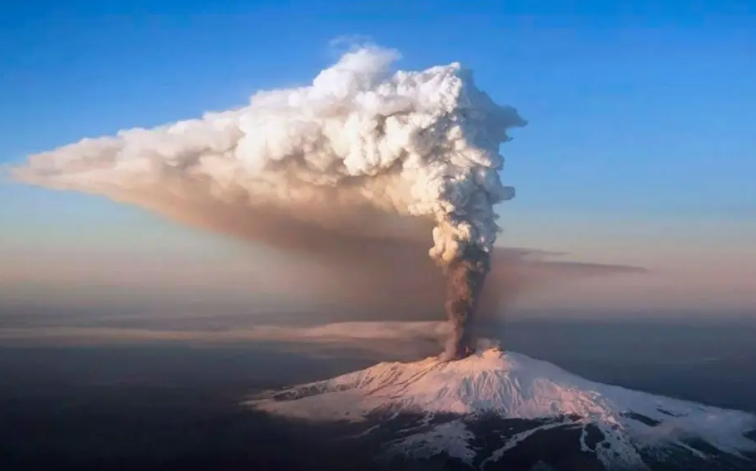
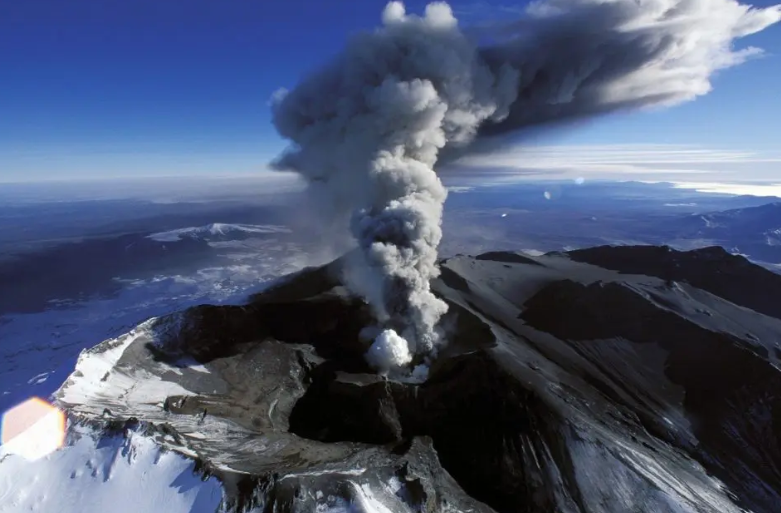
Volcanoes are impressive, but they can also be dangerous. They can unleash deadly pyroclastic flows, which are superheated clouds of gas, ash and rocks that hurtle down the mountain at highway speeds. In 79 A.D., Mount Vesuvius unleashed one of these pyroclastic flows, burying the ancient Roman city of Pompeii under 13 to 20 feet of volcanic material. Ouch! Okay, we’ve talked about chaos, but guess what? Volcanoes also give back, creating fertile soil, perfect for agriculture. Volcanic islands are lush and beautiful because of all the nutrients deposited by volcanic eruptions.
Remember, knowledge is like a shield against ignorance. So keep exploring, stay safe and, who knows, maybe you’ll be the one to discover the next “Hollywood blockbuster” eruption!
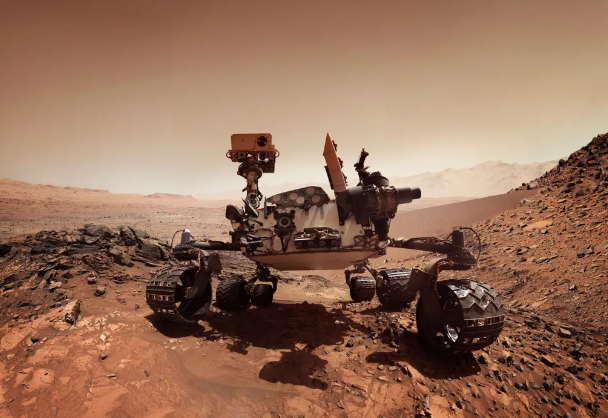
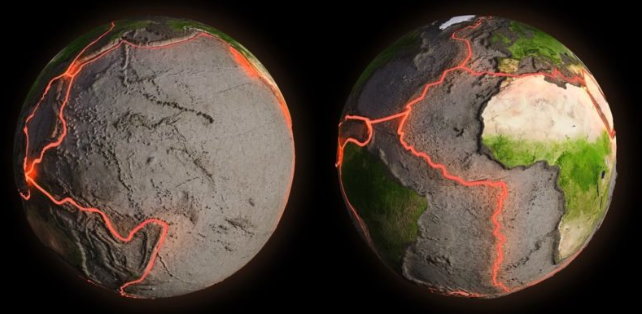
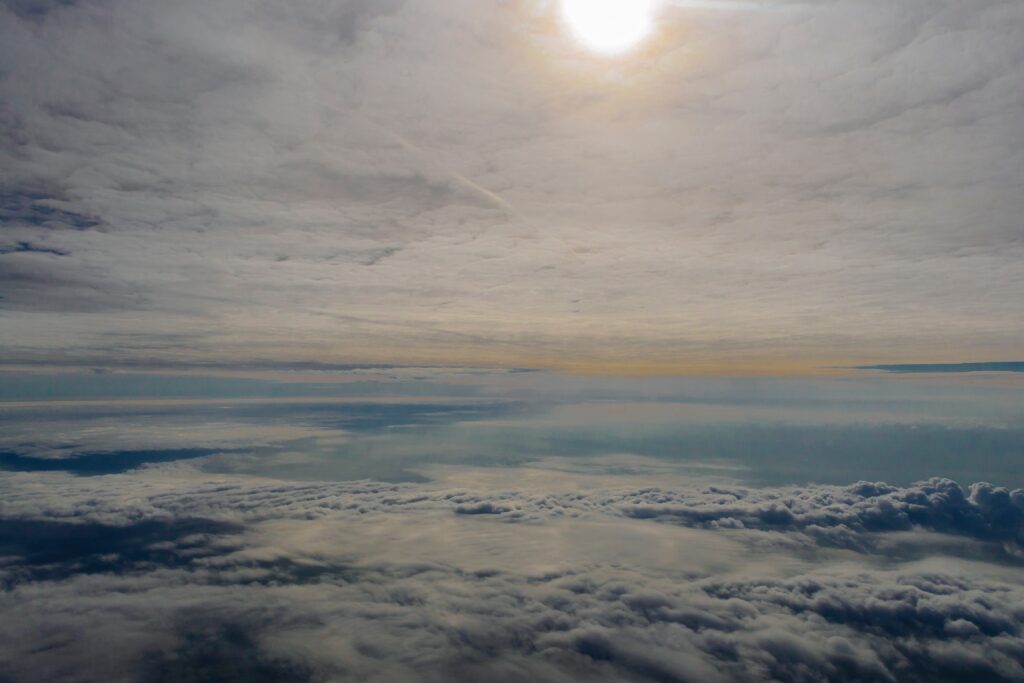
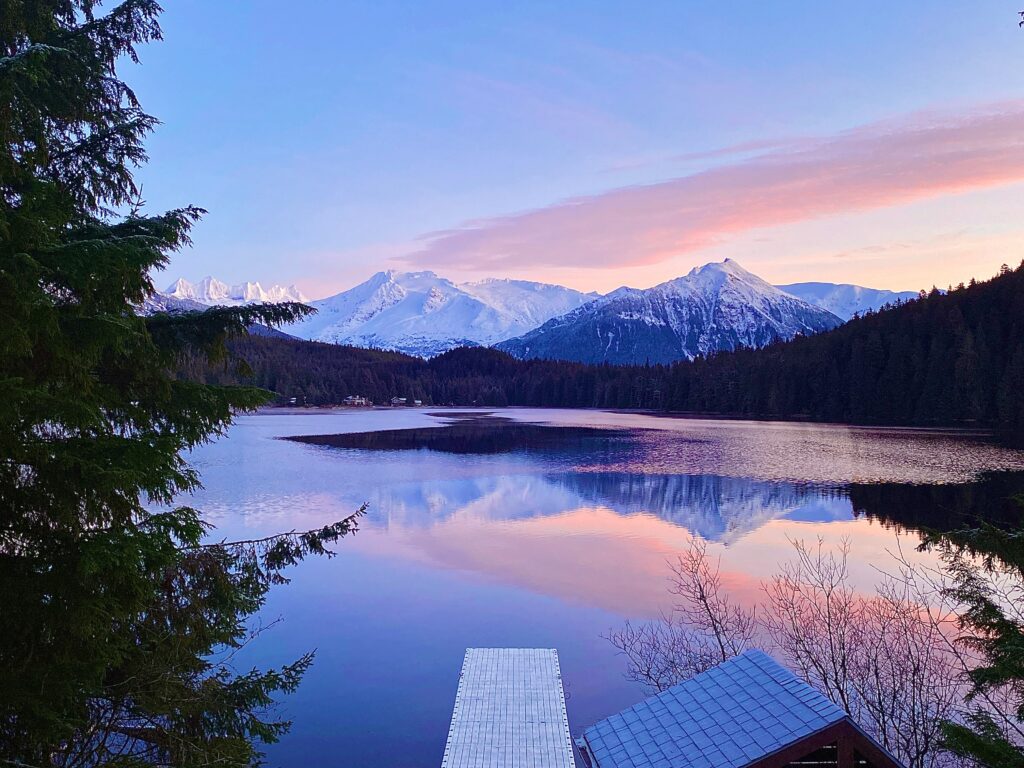
Responses